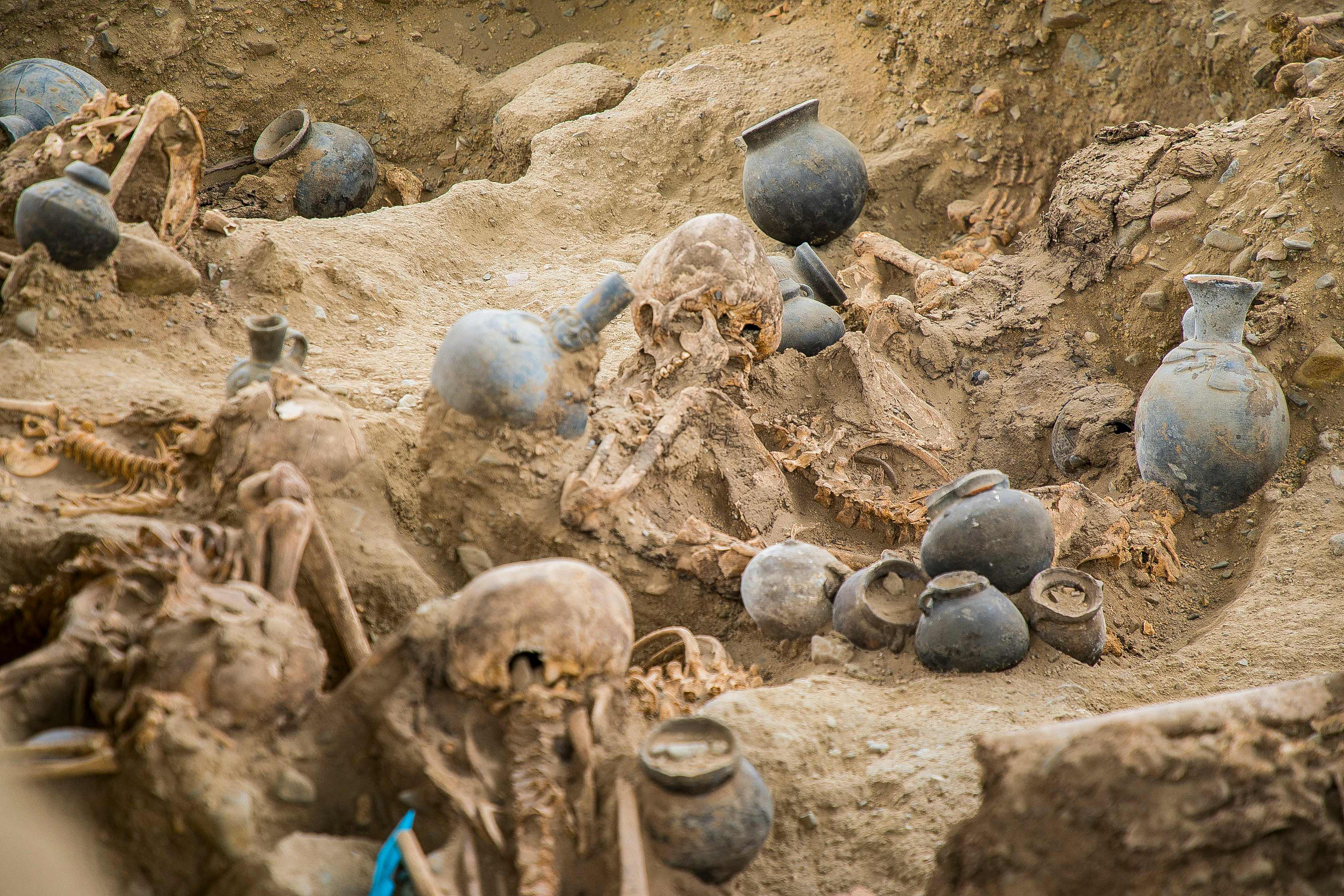Archaeologists unearth mass grave ‘in a small space’ in ancient Peruvian city
Archaeologists say the remains were mostly of women and children

Archaeologists have uncovered an ancient mass grave in the ancient city of Chan Chan, located around 500km north of Peru’s capital Lima.
Chan Chan, which means “resplendent Sun,” was the largest mud citadel in pre-Columbian America.
It had ten walled palaces and some 30,000 citizens living in an area of some 20 square kilometres.
UNESCO declared it as a World Heritage Site in 1986, and also listed it as one of World Heritage in Danger.
Experts said that the mass grave may have been a burial space for the elite members of the Chimú empire, reported AFP.
The Chimú empire reached its height in the 15th century and ruled parts of present-day Peru until their fall to the Incas.
Archaeologists said the skeletal remains of 25 people have been found, mostly of women and children inside a 10 square meter space.
Archaeologist Jorge Meneses Bartra said that the position of one of the skeletons suggested that it had been buried there shortly after the person’s death, reported BBC.
The other bones suggested that they had been moved to the grave later as the bones were jumbled together and appeared to be bleached by natural elements.
Archaeologist Sinthya Cueva told Reuters that this shows that the Chimú handled and moved the remains of their loved ones.
Tests will be conducted on the remains to ascertain their cause of death.
In addition, scientists also found dozens of ceramic vessels and textile work objects including needles at the site.
Join our commenting forum
Join thought-provoking conversations, follow other Independent readers and see their replies
Comments
Bookmark popover
Removed from bookmarks